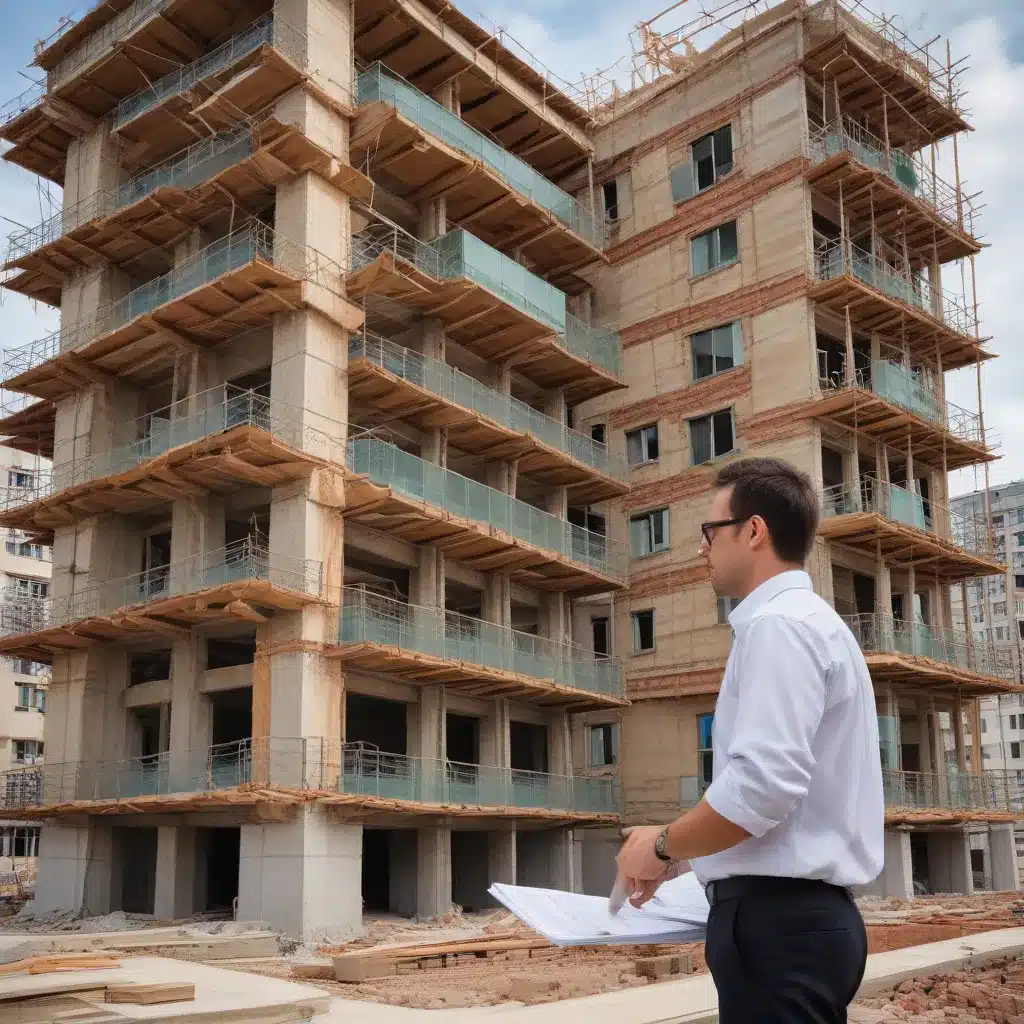
The Role of Building Information Modeling (BIM) in Sustainable Construction
Building Information Modeling (BIM) has emerged as a transformative technology in the construction industry, offering a comprehensive digital approach to sustainable building design, construction, and management. As the global focus on green architecture intensifies, BIM has proven to be a powerful tool in aligning construction practices with sustainability principles.
Fundamentals of Building Information Modeling (BIM)
BIM is a digital representation of a building’s physical and functional characteristics, serving as a shared knowledge resource throughout its lifecycle. This technology allows architects, engineers, and construction professionals to collaborate seamlessly, making informed decisions and optimizing project outcomes. BIM software combines modeling tools, database management systems, visualization modules, and collaboration platforms to create a comprehensive digital model of the building.
By digitizing the design and construction process, BIM enables enhanced productivity, reduced errors, and improved resource utilization. The detailed information and visualization capabilities of BIM empower project teams to simulate construction sequences, identify potential clashes, and optimize schedules. This collaborative approach facilitates effective communication among stakeholders, leading to better-informed decision-making and reduced rework.
Advantages of BIM in Sustainable Construction
The construction industry’s significant contribution to environmental degradation has fueled the need for sustainable practices. BIM has emerged as a viable solution, offering a range of benefits that support the industry’s transition towards a more eco-friendly and resource-efficient future.
Firstly, BIM enables sustainable planning by allowing for the evaluation of design sustainability and identifying opportunities for waste reduction. Through simulation and optimization tools, designers can assess various sustainability factors, such as energy efficiency, material usage, and waste generation, and make informed decisions to minimize the environmental impact of the building.
Secondly, BIM facilitates efficient construction practices by providing accurate and detailed information about building components and systems. This allows for precise material ordering and resource allocation, minimizing waste through reduced overordering and optimized resource usage. BIM also enhances coordination and collaboration among project teams, reducing the likelihood of errors and rework, further contributing to waste reduction.
BIM Workflows for Sustainable Design
BIM supports sustainable design by integrating various analysis and simulation tools that help evaluate the environmental performance of a building. Energy simulations, for instance, can be conducted to assess the building’s energy efficiency, identify areas for improvement, and implement energy-saving strategies. Additionally, BIM enables the analysis of water usage, waste management, and the selection of sustainable materials, promoting a comprehensive approach to sustainable construction.
The integration of BIM with emerging technologies, such as virtual reality (VR) and augmented reality (AR), further enhances the design experience and decision-making process. By providing immersive and realistic visualizations, these technologies allow stakeholders to better understand the proposed design and its sustainability implications.
Integrating BIM with Sustainability Principles
BIM plays a crucial role in aligning construction practices with sustainability principles, addressing key aspects such as energy efficiency, water conservation, and waste reduction.
Energy Efficiency in BIM-Enabled Projects
BIM enables detailed energy modeling and analysis, allowing designers to simulate the energy performance of buildings under various conditions. This facilitates the optimization of energy-saving strategies, such as the integration of renewable energy sources, efficient HVAC systems, and improved insulation, ultimately reducing the building’s carbon footprint.
Waste Reduction through BIM-Based Workflows
BIM contributes to waste reduction by providing accurate material quantification, enabling precise ordering and minimizing over-ordering. The detailed information and coordination capabilities of BIM also help prevent errors and rework, further reducing waste generation during the construction process.
Water Conservation Strategies in BIM
BIM supports the design and implementation of water management systems, including rainwater harvesting, greywater recycling, and efficient plumbing fixtures. By modeling these systems and analyzing water usage patterns, BIM allows for the optimization of water resources and the integration of sustainable water management strategies.
BIM-Enabled Sustainable Building Lifecycle
BIM extends its influence beyond the design and construction phases, playing a crucial role in the sustainable management of buildings throughout their lifecycle.
Pre-Construction Phase Considerations
In the pre-construction phase, BIM enables the evaluation of design alternatives, material selection, and waste management strategies, ensuring sustainability is embedded from the outset.
Construction Phase Optimization
During construction, BIM facilitates the coordination of project teams, the optimization of resource allocation, and the implementation of prefabrication techniques, all of which contribute to reducing waste and improving overall efficiency.
Post-Occupancy Evaluation with BIM
In the post-occupancy phase, BIM supports the integration of digital twin technologies, providing real-time data and insights on building performance, energy usage, and maintenance needs. This information allows facility managers to optimize operations, enhance occupant comfort, and continuously improve the building’s environmental impact.
Collaborative Approach to Sustainable BIM
The successful integration of BIM and sustainability principles requires a collaborative approach among all project stakeholders, including architects, engineers, contractors, and facility managers.
Multidisciplinary BIM Coordination
BIM fosters a collaborative environment where team members from different disciplines can seamlessly share information, coordinate their efforts, and ensure that sustainability strategies are implemented effectively throughout the project lifecycle.
Stakeholder Engagement in Sustainable BIM
Engaging stakeholders, such as building owners, occupants, and local authorities, in the BIM-enabled sustainable construction process is crucial. This collaboration ensures that the building design and operations align with the needs and expectations of the community, promoting the widespread adoption of sustainable practices.
BIM Standards and Protocols for Sustainability
The development and adoption of BIM standards and protocols that incorporate sustainability considerations are essential for the consistent and effective implementation of BIM-enabled sustainable construction. These guidelines help establish a common framework for data management, information exchange, and performance evaluation, facilitating the industry’s transition towards a more sustainable future.
As the construction industry continues to evolve, the role of Building Information Modeling (BIM) in sustainable construction will only become more prominent. By integrating BIM with emerging technologies, embracing collaborative approaches, and adhering to sustainability-focused protocols, the industry can achieve significant advancements in reducing the environmental impact of the built environment. The European Future Energy Forum stands as a platform for industry leaders and policymakers to explore and discuss these innovative solutions, paving the way for a more sustainable and resilient construction industry.






